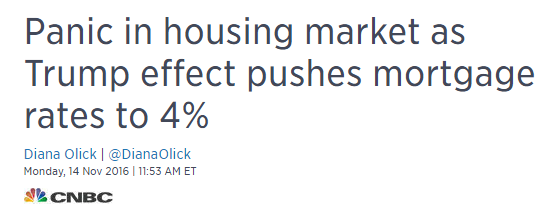In other words, there's regular self-destruct mode, and then there's dedicated self-destruct mode. The Idiocracy will settle for no half-measures: Two years of borrowing at 1% was "fixed" with eight years of borrowing at 0%. Global Central Banks are now raising borrowing costs at the point of maximum leverage...
"Over a protracted period of good times, capitalist economies tend to move from a financial structure dominated by hedge finance units to a structure in which there is large weight to units engaged in speculative and Ponzi finance.” - Hyman Minsky
Remember after 9/11, Greenspan lowered interest rates to 1% to subsidize "Patriot Loans" and otherwise allow everyone to use their homes as ATM machines? As the Housing bubble took off, he then proceeded to raise interest rates 17 times in a row, obliterating anyone who took the cheap money. Along with New Century, WaMu, Countrywide, Bear Stearns, Fannie, Freddy, AIG, Merrill Lynch, Lehman etc. etc. Back when the Goldman Sachs Secretary of the Treasury was turning a blind eye to unprecedented (and unpunished) financial malfeasance.
Well it took ten years, but home prices finally recovered to the old high as of September.
Which means...
U.S. National home prices with short-term interest rates. Log scale...
It gets worse, because Global bond yields have risen across the board, tightening global monetary conditions at the end of a fake global recovery, and eight years of debt accumulation at 0%.
Because the world's two largest economies (U.S./ China) are both now in tightening mode at the same time:
The ensuing massive dollar rally has tightened Monetary conditions for Emerging Markets. At the end of the cycle. You know, like the last two times:
The dollar with World stocks ex-U.S.:
From my upcoming book...
The financial cycle LEADS the economic cycle, with a strong feedback loop between the two cycles. At the early point of a recovery, risk assets reflate under the expectation of future increased profit, despite prevailing weak economic conditions. This early stage risk-seeking combined with Monetary and Fiscal policy feedback into the economy via investment. However, at the end of the financial cycle, risk aversion spreads as investors anticipate the falloff in economic activity. This risk aversion feeds back into the economy via a tightening of financial conditions. Policymakers can distort this process by incentivizing late stage risk-taking, but over thousands of years they have yet to find a way to forestall the inevitable economic contraction resulting from raising borrowing costs at the point of maximum financial leverage.
Normal Financial / Economic Cycle relationship:
Cycles with Monetary Distortion aka. “Quantitative Easing”
The financial cycle LEADS the economic cycle, with a strong feedback loop between the two cycles. At the early point of a recovery, risk assets reflate under the expectation of future increased profit, despite prevailing weak economic conditions. This early stage risk-seeking combined with Monetary and Fiscal policy feedback into the economy via investment. However, at the end of the financial cycle, risk aversion spreads as investors anticipate the falloff in economic activity. This risk aversion feeds back into the economy via a tightening of financial conditions. Policymakers can distort this process by incentivizing late stage risk-taking, but over thousands of years they have yet to find a way to forestall the inevitable economic contraction resulting from raising borrowing costs at the point of maximum financial leverage.
Cycles with Monetary Distortion aka. “Quantitative Easing”








